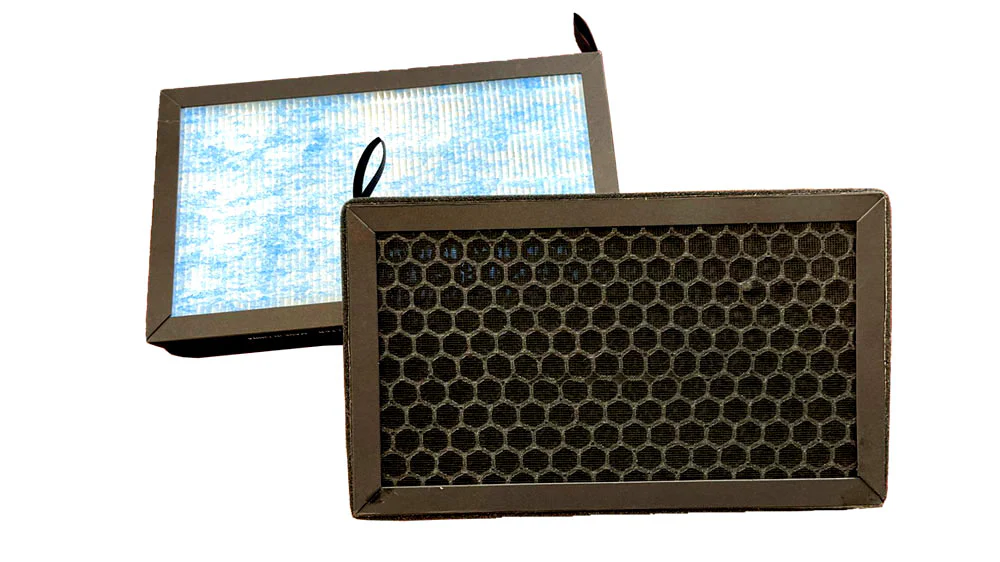

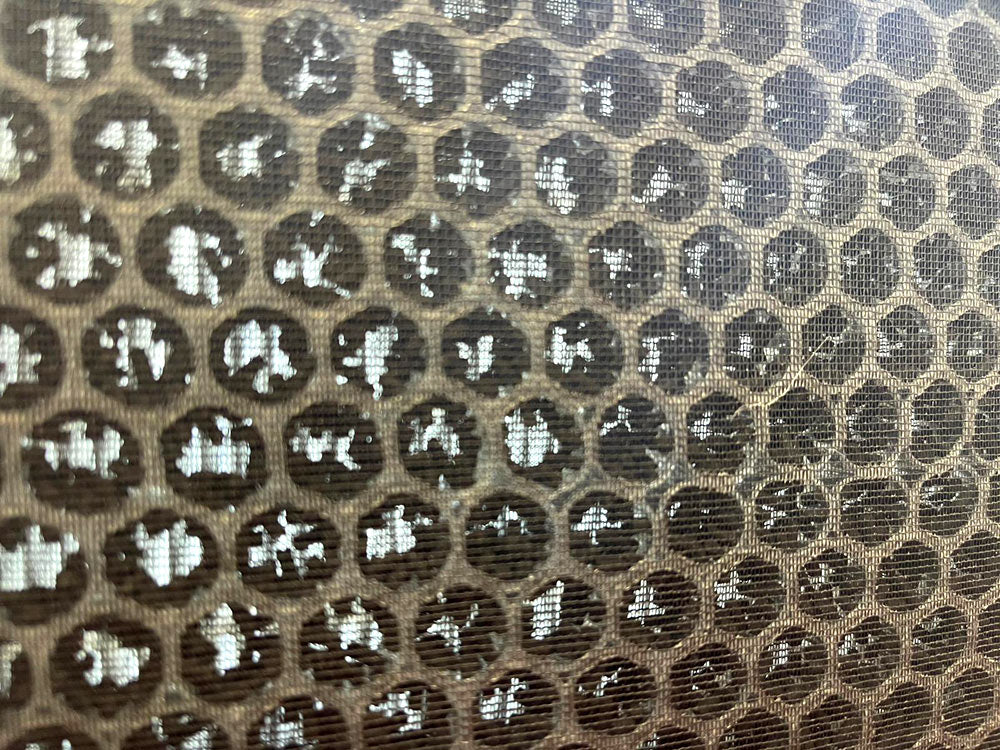
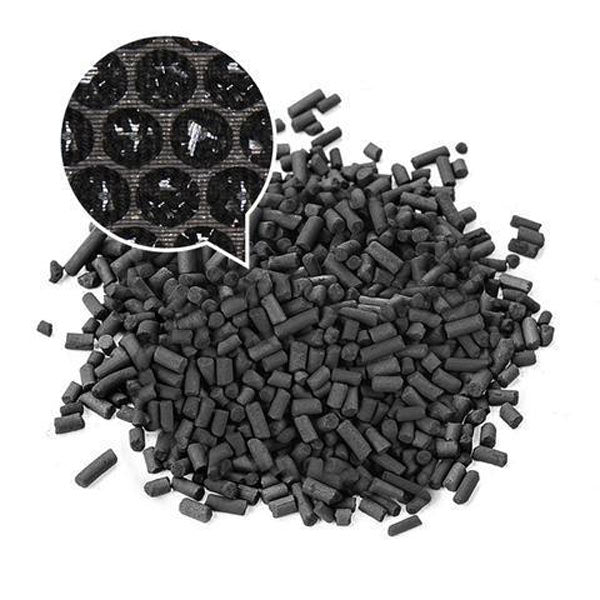
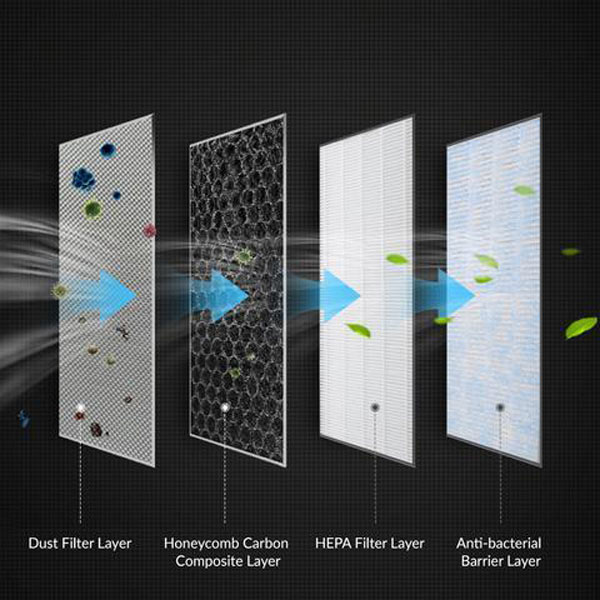
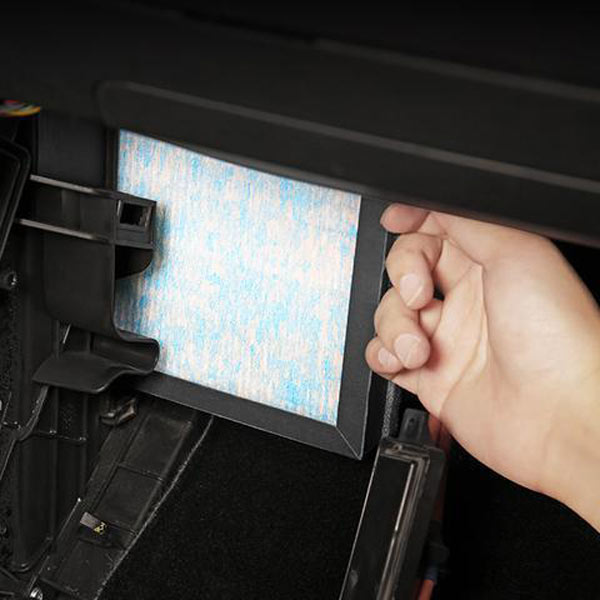
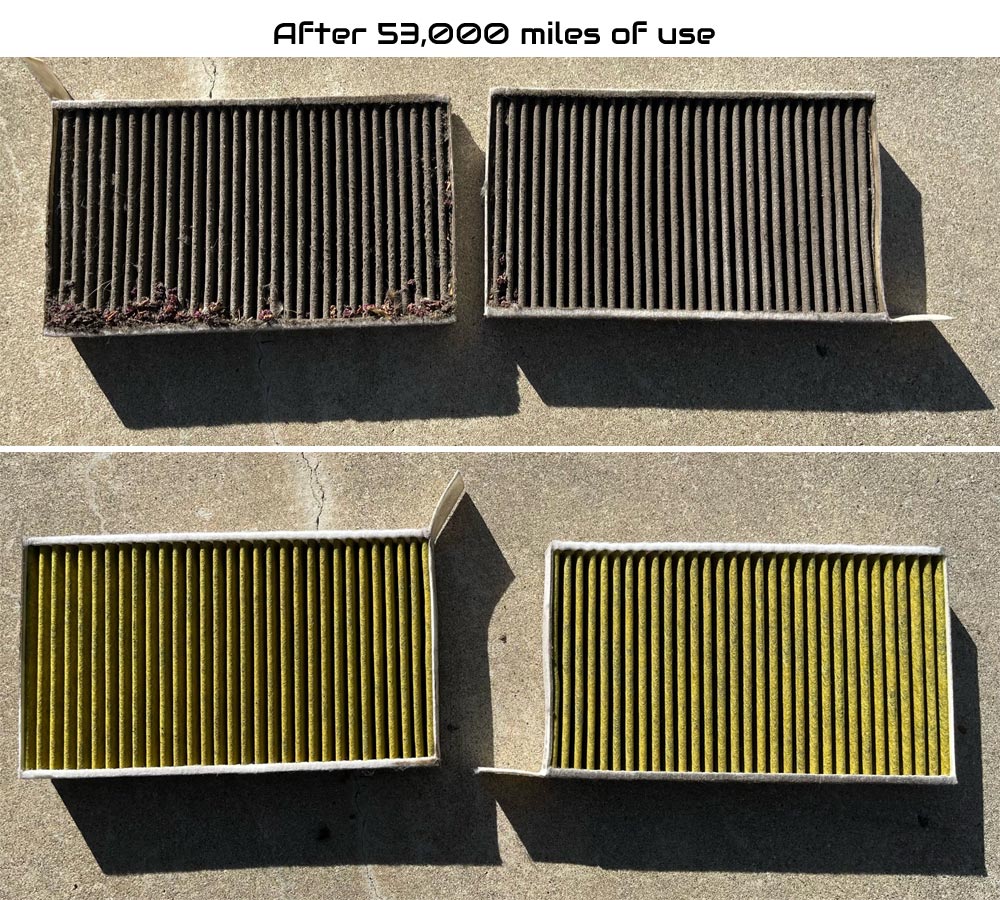
Luftfilter HEPA mit Aktivkohle für Tesla Modell Y && Modell 3 (2 Stück)
apply code "TES10"at checkout
TESLA recommends replacing these filters every two years.
-
- Honeycomb Carbon Composite Layer, entworfen, um die Festigkeit des Filterbildschirms zu verstärken.Die gleichmäßige Verteilung der aktivierten Kohlenstoffschicht erhöht auch die Platzverfügbarkeit für die Filterung.
- Premium Quality Coal Columnal Activated Carbon mit aktivierten Kohlenstoffpartikeln zur physikalischen Absorption.Effektiv bei der Filterung von Staub, Pollen, Rauch, Partikeln, Haaren, etc...
- Ausgestattet mit einem dichten Dichtring mit Schwammdichtring, um eine Verschiebung des Filterelements zu verhindern und den ungefilterten Lufteintrag zu schützen.
- HEPA 11 Klasse Layer - High Density Plissee Filterpapier.Dichtes Design, das die Windbeständigkeit effektiv reduziert und gleichzeitig die Luftzufuhr erhöht.Effektive Aufnahme von Partikeln > 0.25Kombi181m
- Einfache Installation mit Bandgriff an der Ecke zur schnellen Demontage.Mit Werkzeugen zur einfachen Installation.
- Menge: 2 Stück
- Ausstattung: Tesla Modell Y und Modell 3


Are your filters this dirty?
If they resemble these, it's time for a replacement. These filters are the original Tesla ones, having endured over 53,000 miles of use.
FAQ
1. What is a HEPA air filter?
A High Efficiency Particulate Air (HEPA) filter is a type of air filter designed to capture and trap a high percentage of airborne particles, including dust, pollen, pet dander, bacteria, and even some viruses.
2. How does a HEPA filter work?
HEPA filters use a dense mat of fibers to mechanically trap particles as air passes through. The fibers create a labyrinthine path, causing particles to collide and become trapped, allowing clean air to pass through.
3. What are the benefits of using a HEPA air filter?
HEPA filters are highly effective at improving indoor air quality by removing a wide range of airborne pollutants. They can help alleviate allergy symptoms, reduce asthma triggers, and create a healthier living environment.
4. What types of pollutants do HEPA filters capture?
HEPA filters can capture particles as small as 0.3 microns, including allergens, dust mites, mold spores, pollen, pet dander, and even some bacteria and viruses.
5. How often should I replace a HEPA filter?
The frequency of replacement depends on usage and the specific device. Generally, HEPA filters in air purifiers should be replaced every 6 to 12 months for optimal performance.
6. Can HEPA filters remove odors and gases?
While HEPA filters are not specifically designed to remove gases and odors, some models come with additional activated carbon filters that can adsorb certain gases and odors.
7. Can HEPA filters be cleaned?
Most HEPA filters are not washable. They are designed for replacement when they become clogged with captured particles. Some devices may have washable pre-filters that can prolong the life of the HEPA filter.



